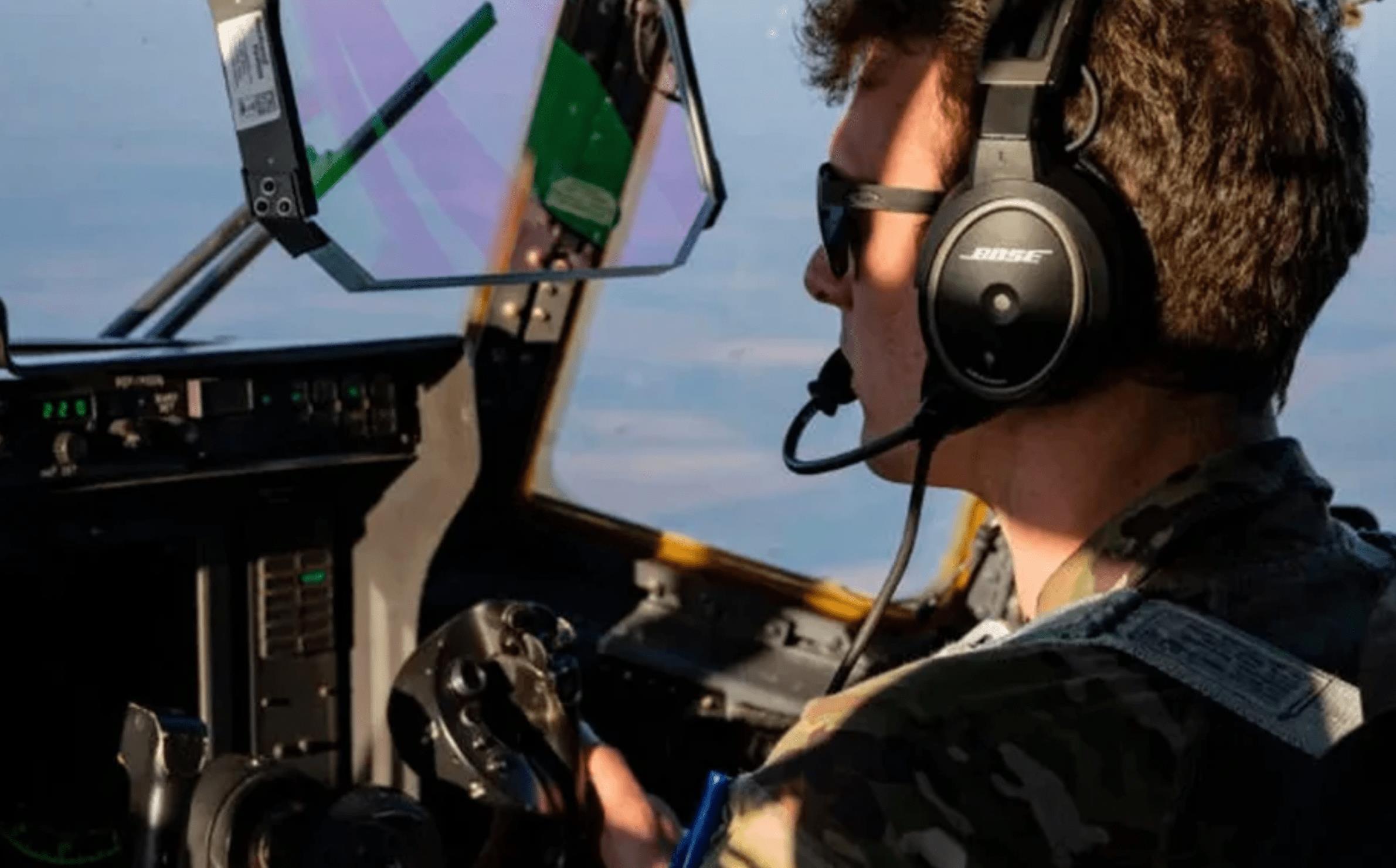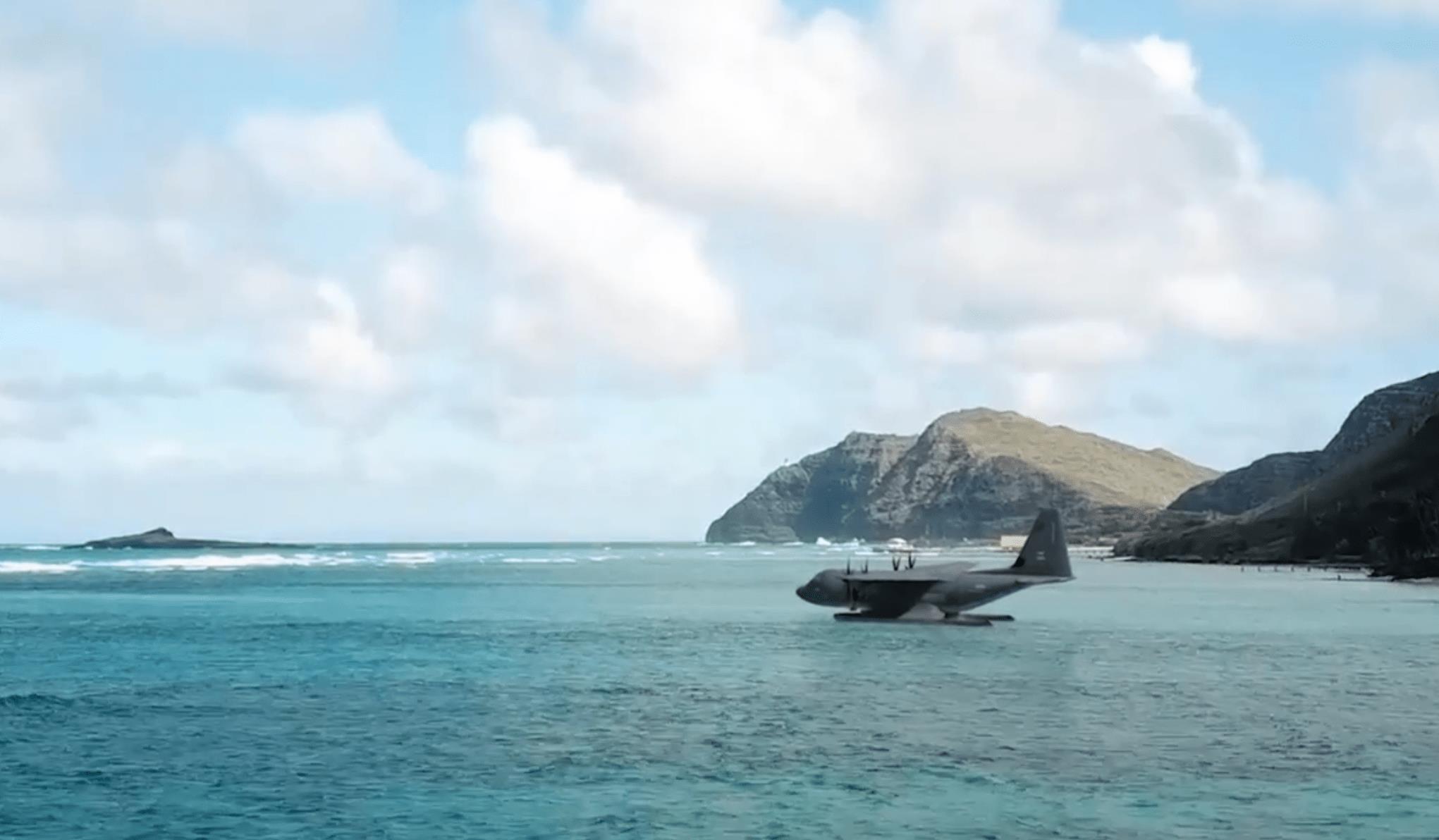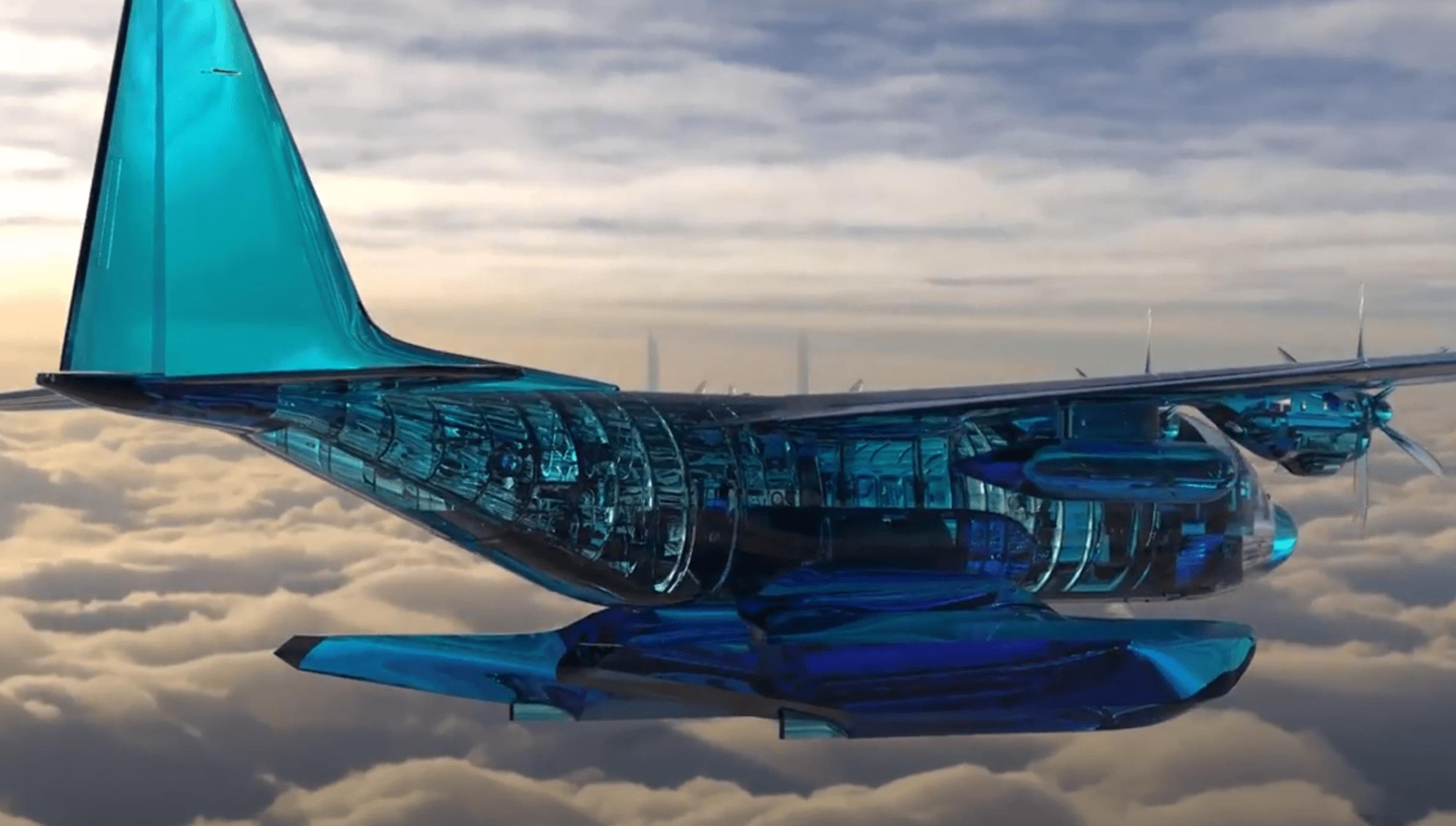(MENAFN- Asia Times) Like a giant Kraken, awaking from a lengthy slumber, America's global military might is slowly turning toward its main enemy, China.
While the latest evidence of that is the newly revealed“Three Eyes” AUKUS pact, which will provide nuclear-powered submarines and technology to Australia, the renewed focus on Asia is affecting just about every arm of the US military.
The UK also announced it will station two patrol vessels in the Indo-Pacific region for“at least the next five years” as part of the allied effort to check China's naval expansion.
Now it has been revealed that US Special Forces are seeking a transport plane that can land and take off on water — ostensibly, to be used against China.
According to a report in Forbes magazine , US Air Force Special Operations Command (AFSOC) is developing removable floats for its secretive MC-130J Commando II transports.
The US$114 million MC-130J is the latest Air Force special ops version of the Hercules, intended to penetrate into denied areas to insert, extract, or resupply special operations forces, as well as refuel helicopters and tilt-rotor aircraft.
It also features advanced navigation and radar systems that allow it to operate in unfriendly territory.
Bolt on the floats, and the normally land-based MC-130 becomes a seaplane capable of taking off and landing on any reasonably smooth stretch of water, officials said.

A U.S. Air Force pilot assigned to the 352d Special Operations Wing flies a MC-130J Commando II over Ukraine. The MC-130J is used to fly secret missions, often at night and at low altitudes, to insert Special Ops into sensitive or hostile areas, get them out, or resupply them. (U.S. Air Force photo by Staff Sgt. Izabella Workman)
The idea is to liberate AFSOC's transports from concrete runways and dirt airstrips so they can drop off and pick up commandos in places that are short on dry land, according to an Air Force press release .
Islands. Rugged coastlines. River deltas. In other words, terrain encountered along China's coastlines, the South China Sea and Southeast Asia.
There's also another, arguably less exciting application that, in a major war, actually could matter a lot more than any dramatic commando raid.
C-130s with the MAC floats — that stands for “MC-130J Commando II Amphibious Capability” — could resupply remote island bases, Forbes reported.
AFSOC has been working with the Air Force Research Laboratory's (AFRL) Strategic Development Planning and Experimentation directorate, as well as defense contractors, on the amphibious modifications, Military.com reported.
The prototypes for the modified plane are being tested virtually on the Digital Proving Ground, using digital design, virtual reality modeling and computer-aided designs, AFSOC said.
The hope is this will allow the project to use digital simulation, testing and advanced manufacturing to quickly create and test physical prototypes.

A rendering of an amphibious modification to an MC-130J Commando II is shown here. MC-130s are outfitted with extensive electronic warfare capabilities that allow the crews to detect and avoid radar and infrared-guided threats. (Courtesy photo)
The Air Force's still-in-development T-7A Red Hawk trainer aircraft also heavily used digital tools in its design and engineering process, which the service said allowed it to catch problems earlier than the typical process would permit.
AFSOC hopes it can develop prototypes quickly and possibly fly an experimental version in 17 months.
“Being able to experiment with existing technology to evaluate design tradeoffs and test a new system before ever bending metal is a game-changer,” said Maj. Kristen Cepak, AFSOC technology transition branch chief.
“MAC is vital to future success because it will allow for the dispersal of assets within a Joint Operations Area. This diaspora complicates targeting of the aircraft by our adversaries and limits aircraft vulnerability at fixed locations.”
Whether the design will work, remains to be proven. But the utility of such an aircraft is obvious.
The US military once operated a whole lot of amphibian aircraft. During World War II, US Navy Catalina flying boats patrolled for enemy ships, hunted submarines and rescued downed aviators.
With the advent of the helicopter and America's expanding network of bases, seaplanes fell out of favor in the Navy after the war.

A rendering of an amphibious modification to an MC-130J Commando II is shown here that is used in the Digital Proving Grounds. The Air Force is fast-tracking the project and hopes to have an aircraft ready for testing in 17 months. (Courtesy AFSOC)
But potential conflicts with“peer and near-peer” opponents and other“emerging threats” were some of the drivers that have prompted the MAC project.
In the part of the world where the United States might be most likely to wage a major war —the Western Pacific — the Pentagon actually lacks bases, Forbes reported.
At the same time, an emerging doctrine for war with China calls on the US Marine Corps —with the Navy and US Air Force in support — to occupy small island outposts inside the range of Chinese missiles.
Marines at these outposts would launch drones to track Chinese ships — and lob missiles at them — while also refueling American aircraft winging toward targets closer to the Chinese mainland.
Some of the outposts might be big enough to include a short airstrip that, in addition to supporting fuel-thirsty F-35s and V-22s, could accommodate Marine KC-130s hauling in troops and supplies.
Smaller outposts might not have an airstrip. Helicopters and tiltrotors can fly into and out of almost any base, but they usually lack range and payload compared to fixed-wing planes.
That's where seaplanes could come in.
Fit Marine KC-130s with floats and they could resupply every outpost they safely could reach.

Catalina seaplanes were used extensively by US military forces in the Second World War. Photo shows PBYs painted black for night operations over Guadalcanal. (Image source: WikiMedia Commons)
Lt.-Col. Josh Trantham, AFSOC's technology chief, hinted at this possibility.
“We believe MAC will be able to be used by our sister services, allies and partners on various C-130 platforms,” he said.
Special Ops MC-130s are outfitted with extensive electronic warfare capabilities that allow the crews to detect and avoid radar and infrared-guided threats.
They have advanced computers and navigation equipment, as well as radars that are specially designed to help the aircraft fly exceptionally low and in harsh weather conditions.
And their tails are stronger than the typical C-130 tail to make it easier to conduct high-speed airdrops.
The basic idea of a waterborne C-130 has been around for decades and it is a concept that certain parts of the Pentagon have mulled in the past, The War Zone reported.
In fact, the aircraft's original manufacturer, Lockheed, pitched a fully amphibious Hercules with a boat-like hull back in the 1960s, without success, though the US Navy did at least undertake studies using a radio-controlled scale-model version.
Lockheed has since evolved in Lockheed Martin, which is the current manufacturer of the C-130J family, including the MC-130J.
Strapping big floats to a Hercules would impose severe drag and weight penalties, reducing range and load-carrying capabilities, although it is not unheard of for seriously large aircraft to operate on floats.
Should the project be successful, the US Coast Guard could be another service that might be interested in an amphibious Hercules.
It is a C-130 operator and a waterborne version could operate as a long-range search and rescue aircraft, allowing survivors to be picked up directly from the sea, thousands of miles from the shore, providing the weather and sea conditions permitted it.
Sources: Forbes magazine, The War Zone, Business Insider, Military.com, Task & Purpose, AFSOC, Nikkei Asia
MENAFN18092021000159011032ID1102819791